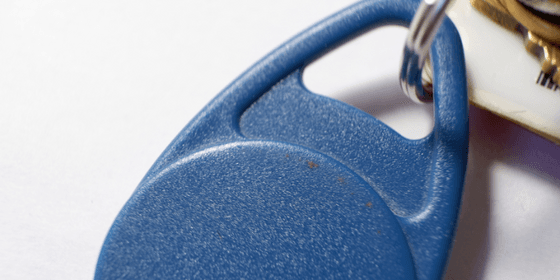If you are the owner or manager of any type of multi-occupant building, facility, or campus, you might be looking for a modern and convenient entry system to keep your building occupants happy while providing an added level of security to the property. If so, it’s time to learn all about a popular access control method: fob systems. Fob systems have numerous advantages over standard lock-and-key access control systems but a few disadvantages, too. We aim to cover all that here in this introduction to fob systems.
Table of Contents
- What is a Fob System?
- Types of Properties that Benefit from Fob Systems
- Benefits of Key Fob Systems
- Disadvantages of Key Fob Systems
- Best Features To Maximize a Key Fob System
- Top Companies Offering Fob Systems
- Installing a Key Fob System
- How Much Does a Key Fob System Cost?
What is a Fob System?
A fob system is an electronic method of access control, also known as a key system or entry system. While fob systems are often used as entry systems for building doors, you can also deploy them to secure computer terminals against authorized users, operate vehicle gates, unlock car doors, and even pay highway tolls.
Key fob systems are widely used as access control systems for commercial and multifamily residential buildings. They work on the same principles as a metal key and lock. However, fob technology is touchless and wireless and can include features not available with a standard key and lock system.
Fob systems can include various features, which we cover further below. However, nearly all fob systems rely on three basic hardware components:
- A proximity reader: Almost like radar, this small device, often mounted next to a building door, sends out a radio signal and listens for a unique signature to bounce back.
- A user credential: Instead of a metal key, the user carries an electronic credential such as a key fob or key card. When a radio signal from the proximity reader hits the credential, it is converted into a unique identification number. This number bounces back to the reader. This ID number is analogous to the unique shape cut into a metal key.
- A database: The proximity reader checks to see if the unique credential identification number is in the fob system database. The database makes sure the key matches the “lock”. If the credential ID is in the database, the proximity reader sends an electronic signal to grant access. This signal can unlock a doors/computers, open a safe, release a gate, or remotely start a car.
Key Fob vs. Key Card
You can use two types of credentials in a fob system – key fobs and key cards. The traditional key fob, also called a key tag, is often about the size of a quarter and can fit on a key ring. This traditional fob type is so ubiquitous that fob systems are often generically called “key fob systems” no matter what kind of credentials they use.
Key cards are another type of credential that works with key fob systems. They are typically plastic cards roughly the same size and shape as a credit card but typically a bit thicker. You can store key cards in a wallet or worn as an ID badge in some cases. However, they work in the same way as a key fob.
Key cards are often used over key fobs in institutional settings, including offices, hospitals, schools, and government facilities. A key card can double as an ID badge with a printed photo. The card indicates whether a person is permitted to be on the facility’s grounds.
With most key fobs and cards, you have to take the credential and bring it within a few inches of the proximity reader. Smart fobs are an exception to this (see below).
Other Credentials for Fob Systems
We use the term “key fob entry system” to describe any door access control that uses physical, wireless, contactless technology instead of a metal key to unlock doors or open gates. In addition to rectangular key cards and small key fobs, fob system credentials can include:
- RFID stickers: These stickers work the same as fobs and cards. They can be affixed to a temporary printed ID or plastic card for a building visitor. RFID stickers can also be affixed to cars to open vehicle gates or pay tolls when a car pulls up.
- NFC-equipped mobile phones: Today’s smartphones have near-field communications (NFC) technology and can be used as a key. This is similar to tap-to-pay mobile wallets like Apple Pay.
- Smart fob: Instead of working on radar-like principles, some key fobs have their own battery built in. This sends a signal to a proximity reader over longer distances. You may use them as car keys with remote starters or open building doors without “tapping” your credential at the reader.
Types of Properties that Benefit from Fob Systems
Apartment Key Fob Entry System
Residential buildings and properties that serve multiple households can control access using a fob system. Usually one might pair the fob system with or build it into a telephone entry call box or video intercom. This is done so visitors who don’t have their own key fob can call the individual residents to get access. You’ll find fob systems at:
- Apartments – Building managers can give new tenants access while removing old ones without changing any building locks. You can also control shared facilities like mail rooms, gyms, or pools using key fobs.
- Condos and Co-Ops: Owners and family members get their own key fobs to enter the overall building or property. They may also retain metal keys or other systems to access their individual units.
- Gated communities: Key fob stickers affixed to cars can trigger the opening of driveway and parking area gates. Key tags can grant access inside buildings or to shared facilities including pools, gyms, and mail rooms. You can also program children and adult key fobs with different entry permissions.
If you are looking specifically for a residential building fob system, check out our guide to key fob systems for apartments.
Key Fob Systems for Commercial Buildings
Many types of commercial buildings use fob systems, often using key cards, to control access. While regular building occupants can be given their own key cards, visitors might first interact with a front desk manager or an intercom to be granted access or given a temporary RFID sticker to use with the fob system.
- Corporate campuses: Manage who can access which buildings and protect sensitive areas across a corporate campus.
- Office buildings: Use key fobs to control access to the building elevators through a gate system. Control access to individual floors from the elevator lobby to separate different tenants from different offices.
- Retail: Keep the public separate from back rooms and inventory while giving staff a quick and convenient way to open doors to these areas with their employee badges.
- Warehousing and manufacturing: keep different employees in their designated areas and hours. Keep important inventory locked up.
We provide a comprehensive buyers guide specifically for those interested in key fob systems for commercial buildings. Our guide also covers various uses by other institutions like those defined below.
Fob Systems for Institutions
- Government buildings: Authorized employees can be given key fobs that limit their entry to authorized areas. This keeps sensitive records or public infrastructure safe.
- Healthcare facilities: Specialized key fob systems can track personnel across a large facility. This is done so that healthcare providers are easy to find. Key fobs can also be used to unlock computer terminals, providing the security required to meet HIPPA regulations.
- Education institutions: Student and faculty ID badges can double as fob system key cards. The cards can let campus members into only the facilities in which they are authorized.
Benefits of Key Fob Systems
Nearly every building already has some kind of access control, often in the form of a traditional lock and key. What are the particular benefits of upgrading to a key fob system?
Remote deactivation
In high occupancy buildings, it can be difficult to keep track of all the tenants moving in or out or employees who join or leave a company. No building owner wants to change the locks with each coming and going. With a fob system, the building management can simply delete a credential from the system database to deactivate it, and that key no longer works.
Harder to copy than metal keys
You can copy metal keys at virtually any hardware store. Technology for copying key fobs is somewhat less ubiquitous – though it is available for those who search. You can also encrypt newer generations of key fob systems which require two-factor authentication and therefore, a deeper layer of security.
Use the same fob on multiple doors
Depending on the property’s facilities, building occupants might need to carry multiple keys for different doors. This can include a mail room key, gym key, bathroom key, and front door key. With a fob system, the same fob can be programmed to unlock all these types of doors for the same user.
Grant different levels of access
With a key fob, the database can be programmed to give different users access to different parts of the facility or limit them to particular times of day. This can vary according to their role, age, or which facilities they pay for.
Integration with other entry systems
Unlike traditional keys and locks, fob systems integrate with other electronic technology, such as numeric pin pads (type a pin to unlock the door), video intercoms and telephone call boxes, security cameras, and other building systems for a holistic security solution.
Touchless
Particularly in the aftermath of COVID-19, many building occupants prefer systems that don’t require everyone to touch the same surfaces. Fob systems use radio waves and are contactless.
Operation cost savings
A fob system can move a high volume of building occupants. The system can allow buildings to forgo door staff or limit their numbers, resulting in significant operating expense savings.
User tracking
Building management can use credentials linked to the user database, to track who is coming in and out, the time of entries, and get overall data about building traffic.
Disadvantages of Key Fob Systems
Key fob systems are an upgrade from a standard lock and key due to the conveniences mentioned above, but they do face some shortcomings compared to access control systems with the most advanced features.
Some are easy to clone
Older, unencrypted key fob credentials – the kinds that are usually cheapest – can be cloned or copied using equipment you can buy off the internet. However, if a credential is reported lost or stolen, its clones can all be deactivated immediately. Newer systems that use encryption cannot easily be copied except by the building manager.
Most are short-range
Most key fob systems deployed today are short-range, meaning you need to fish the key fob or key card out of your pocket and tap it near the reader. More expensive smart fob systems can work at a greater distance, as can some systems that use your mobile phone as the credential.
Anyone can use key fobs
Like with a metal key, if someone steals a credential, it can be use used by anyone until its deactivated. To avoid this you need to use a system that has two-factor authentication or biometric authentication. Access control systems that rely on facial recognition are one way to avoid this problem.
People want less to carry
Gen Z is fast declaring itself the wallet-free generation, and in general, many people of any age want less to carry. A key fob or key card is another thing to carry around and keep track of. Once again, a facial recognition-based entry system can avoid having to carry a special credential, using the same technology that lets you unlock a smartphone just by looking at it.
Cost of fobs and fob management
Each key fob costs the building money to issue to occupants, which can ultimately run into thousands of units for larger facilities. Systems that use occupant smartphones as a credential, that use numeric pins instead of fobs, or that rely on facial recognition can avoid these costs.
Best Features To Maximize a Key Fob System
The oldest key fob systems are now over four decades old, offer limited features and are easily copied. However, ongoing advances to key fob technology have enabled many new functions that can address the potential shortcomings of older systems:
Encrypted Key Fobs
An encrypted key fob is a type of key fob that uses encryption technology to enhance the security of its wireless communication with the vehicle. Encryption ensures that the signals sent between the key fob and the car are protected from interception and duplication, making it much harder for hackers to perform relay attacks or signal cloning.
Biometric Key Fobs
Biometric key fobs are equipped with a biometric sensor, most commonly a fingerprint scanner. Before granting access, the user must authenticate by scanning their fingerprint on the fob. This means unauthorized users can’t make use of a stolen key fob, to offer the highest level of security.
Mobile Integration
Mobile integration with a key fob entry system for buildings combines traditional access control (like physical key fobs) with mobile technology, allowing users to unlock doors and access secure areas using smartphones or other mobile devices. This creates a more convenient and flexible access system, often referred to as mobile access control.
Facial Recognition
Key fob proximity readers can be integrated into a comprehensive video intercom for access control. Regular building occupants can have their facial images loaded into the database so that doors will unlock automatically whenever they stand in front of the camera. This prevents the need to always have your key fob or key card on you. This tech is the key feature underlying our products at Swiftlane.
Top Companies Offering Fob Systems
HID Global (part of ASSA ABLOY) – A global leader known for its smart cards, key fobs, and mobile access solutions. HID offers scalable systems ideal for both commercial and governmental sectors, with options such as biometric authentication and two-factor security for high-end applications.
Swiftlane—Our company specializes in access control systems that integrate video intercoms with built-in facial recognition. These sleek consoles are perfect for residential buildings of all sizes and small to medium-sized offices. Residents and building occupants have multiple choices for entry, such as using a traditional key fob, tapping their mobile phones, or using their face as the passcode to unlock the door.
Doorking – Doorking specializes in telephone call box entry systems, often used in large apartment complexes. Products are durable and built for extreme weather conditions. Doorking has three models that include a fob system however they are not available with video capabilities.
Brivo specializes in cloud-based access control, offering mobile credentials and integration with video surveillance. Due to their remote management capabilities, Brivo’s systems are popular for businesses and property management.
Kisi – Provides a flexible access control platform with mobile app integration. Kisi supports both key fobs and smartphone credentials, making it ideal for offices and commercial buildings looking for cloud-based solutions.
Openpath (Avigilon) – Known for its touchless access technology, Openpath offers mobile-based credentials and integrates well with other security systems, making it a top choice for multifamily properties and enterprises looking for modern, seamless access control.
Paxton – Offers scalable solutions for commercial facilities, with systems that integrate access control with video surveillance and building management software. Paxton’s systems are particularly suited for campuses and large enterprises requiring centralized control.
SALTO Systems – Focuses on smart locks and touchless solutions. SALTO provides a highly integrated system that works well for hospitality, commercial real estate, and office buildings, leveraging cloud-based management platforms
While this is just a taste of some of the hardware providers offering fob systems, we also offer a more comprehensive analysis of a dozen major providers of this technology.
Installing a Key Fob System
Companies like those above provide fob system hardware and other components like electronic door strikes, call boxes, and intercoms. While these hardware companies make the components, they often rely on third-party installation companies or “system integrators” throughout the country to install the systems. Installing these systems is typically beyond the capability of a “do-it-yourself” project unless your building or facility already has staff well-versed in electrical engineering and security system installation.
Most access control hardware is wired into the building, including to a power source and to the door release mechanism. For systems that use cloud-based databases or management, there may also be an internet connection. Door release mechanisms and key fob systems are often made by different manufactures, and you must have some know-how about integrating these different systems, which is why professionals usually do this work.
Most of the hardware providers can recommend an installation company near you that is familiar with installing their products.
How Much Does a Key Fob System Cost?
For a simple single point of entry and a basic key fob system, you can expect to pay a minimum of $500 and, more likely, $1,000 for a simple proximity card reader and a computer to hold the database. Newer systems may put the database in the cloud for a monthly service fee, which can lower these upfront costs and provide an easy-to-use platform for managing the system.
These days, fob systems are rarely stand-alone but integrated into a call box or video intercom. Depending on the bells and whistles included, these systems can cost anywhere from $1,500 to $5,000 for the first entryway, with lower costs for additional doors that don’t include intercoms.
Unless you rely entirely on individual mobile phones as a credential, key fobs or key cards also add to the costs. Typical credentials cost between $10 and $50 per user, with more for longer range or encrypted fobs.
In addition to hardware and potential software, you will likely pay a one-time fee for professional installation. These costs can vary considerably based on your location and whether you are scaling the system to include just one or many points of entry. Your system integrator or hardware provider can help you learn more about these costs.
Conclusion
Fob systems offer a secure, convenient, and modern solution for managing access to residential, commercial, and institutional properties. From the ease of remote deactivation to the ability to grant different levels of access, these systems are a step above traditional lock-and-key solutions. However, as with any technology, not all fob systems are created equal.
Ready to take the next step in modernizing your building’s security? Contact us today to get a personalized quote and see how Swiftlane can provide a seamless, future-proof access control solution for your property.
Request A Demo for Swiftlane Key Fob System
If you are interested in learning more about Swiftlane's key card and fob system, please tell us your questions and we are happy to help out.

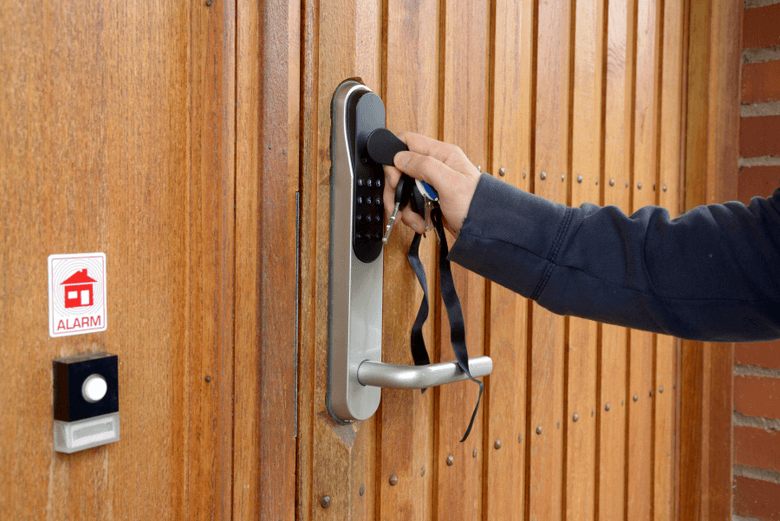
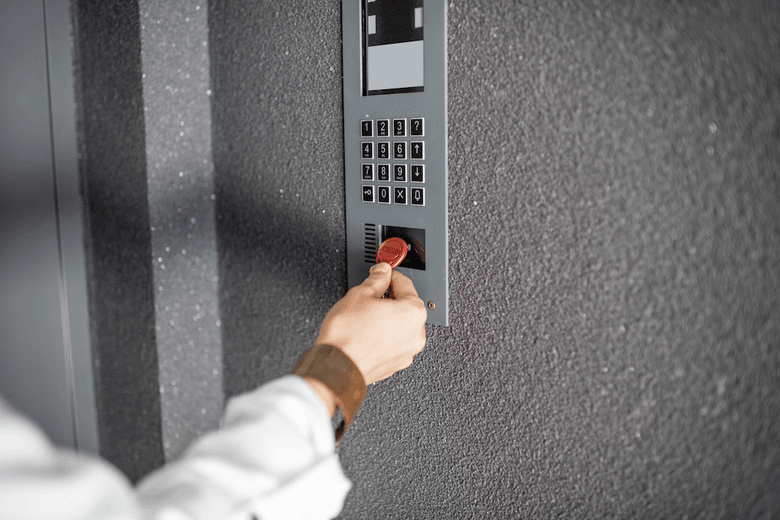
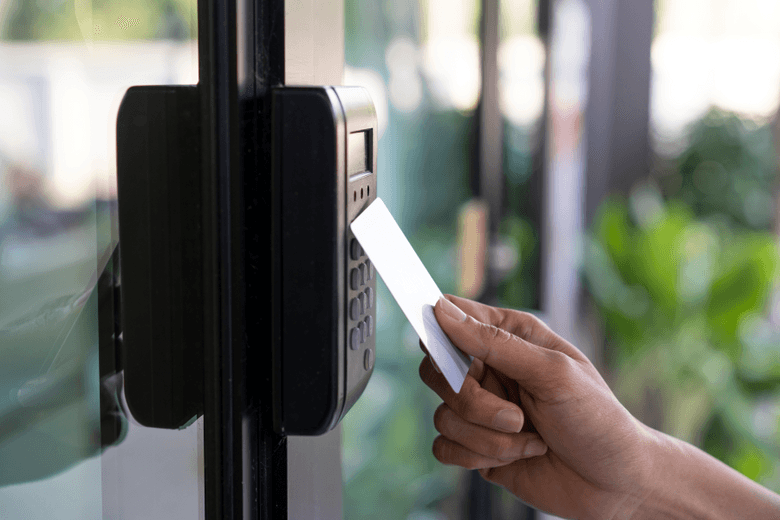
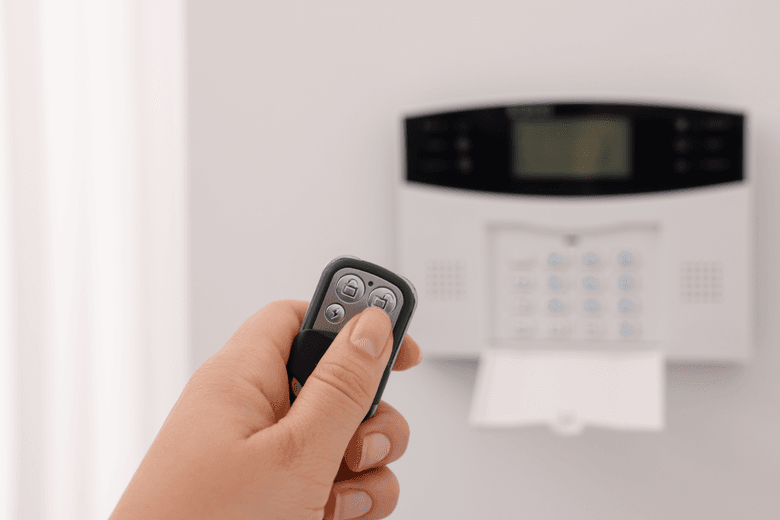

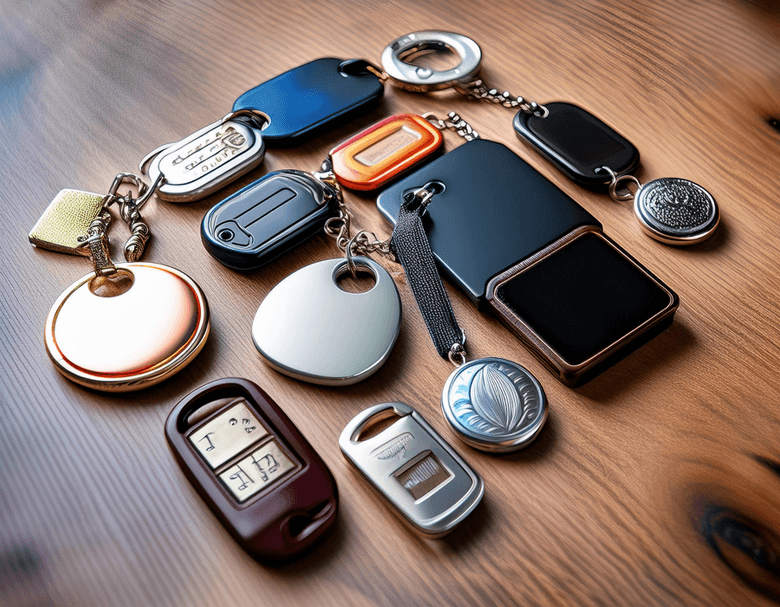

![Guide to Apartment Key Fob Systems [2025]](/static/38e0e833c81a96186ffdb81ec5a99252/faae0/keyfob-2.png)
